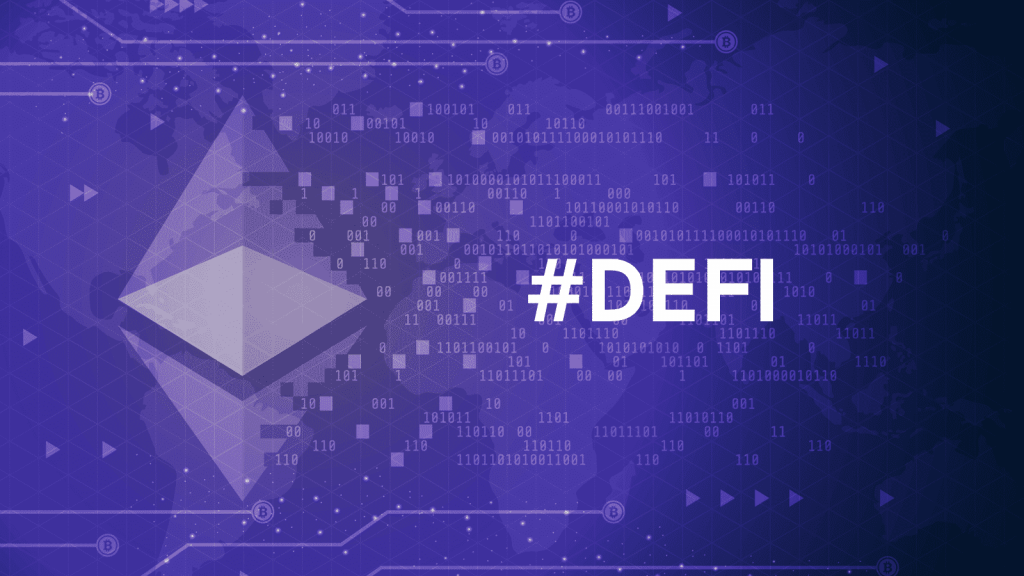
In order to understand DeFi 2.0, a deep look at term DeFi is necessary . The term DeFi is the combination of two words: Decentralized and Finance. In essence, DeFi is a mechanism for making financial items available on the blockchain that is decentralized and available to the general public. So, instead of going through intermediaries or middle men, like brokerage firms or banks, anyone can access and make use of DeFi without the need for official identification documents.
Moving on to DeFi 2.0. DeFi 2.0 is a movement trying to upgrade and fix certain problems identified in the First wave of DeFi. DeFi was revolutionary in available decentralized financial services to any individual with a crypto wallet, but it still has some weaknesses.
Taking for example Liquidity Pools. There is no doubt that Liquidity Pools have proved hugely successful in the DeFi Space, as it makes it possible for liquidity providers to earn fees for staking pairs of tokens. However, if the price ratio of the tokens changes, liquidity providers risk losing money (impermanent loss). A DeFi 2.0 Protocol could provide insurance against this for a little fee. This solution provides a greater incentive to invest in Liquidity Pools and benefit users, stakers and the DeFi sspace at large.
Some of the problems DeFi 2.0 is trying to solve are:
- Scalability: DeFi Protocols on blockchains with high trffic and gas fees often provide slow and expensive services. simple and basic tasks take too long and become cost-inefficient.
- Centralization: An increasing amount of decentralization should be an objective in DeFi. Nevertheless, many projects still don't have DAO principles in place.
- Liqiuidity: Markets and Liqudity pools are spread across different blockchains and platforms, splitting liquidity. Providing liquidity also locks up funds and their total value. In some cases, tokens staked in liquidity pools can't be used anywhere else, creating capital inefficiency.
- Security: Most users or those new to the DeFi space don't manage or understand the risks present in DeFi. They stake hundreds and thousands of personal funds in smart contracts that they don't fully know are safe. While there are security auduits in place, they tend to become less valuable as updates occur.
With the evolution of the DeFi space, DeFi 2.0 aims at bringinging about sustainable liquidity and also empowering DAOs to compete effectively with traditional businesses. With the types of projects comprising the DeFi 2.0, i can say most definitely these projects have the tools to push decentralized finance foward.
Congratulations @andyy21! You have completed the following achievement on the Hive blockchain and have been rewarded with new badge(s):
Your next target is to reach 50 upvotes.
You can view your badges on your board and compare yourself to others in the Ranking
If you no longer want to receive notifications, reply to this comment with the word
STOPSupport the HiveBuzz project. Vote for our proposal!